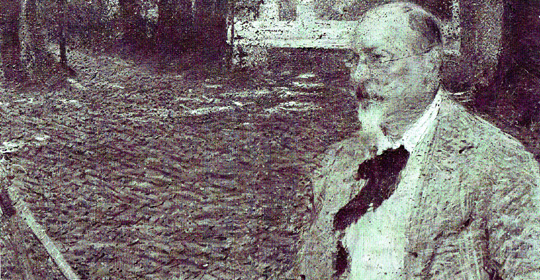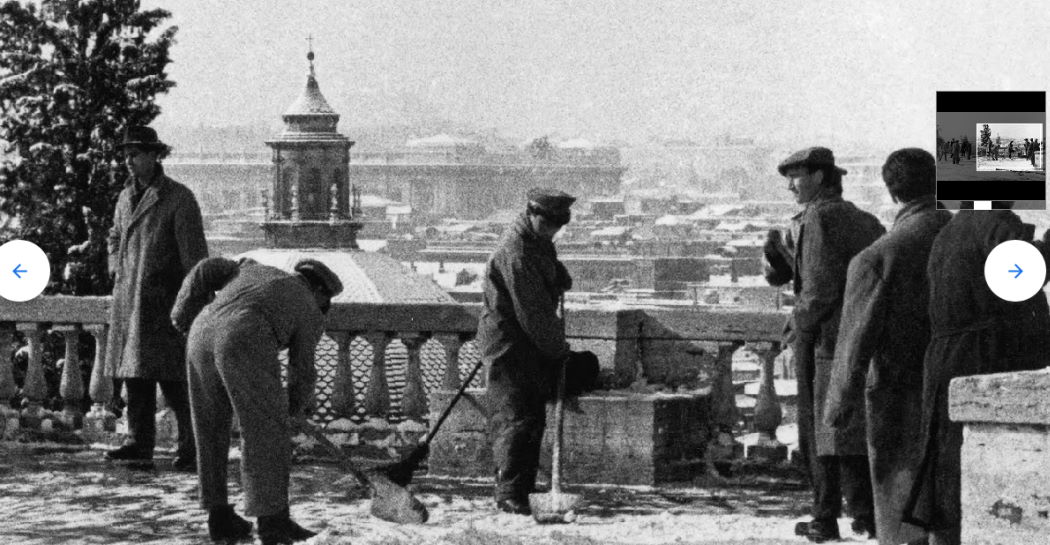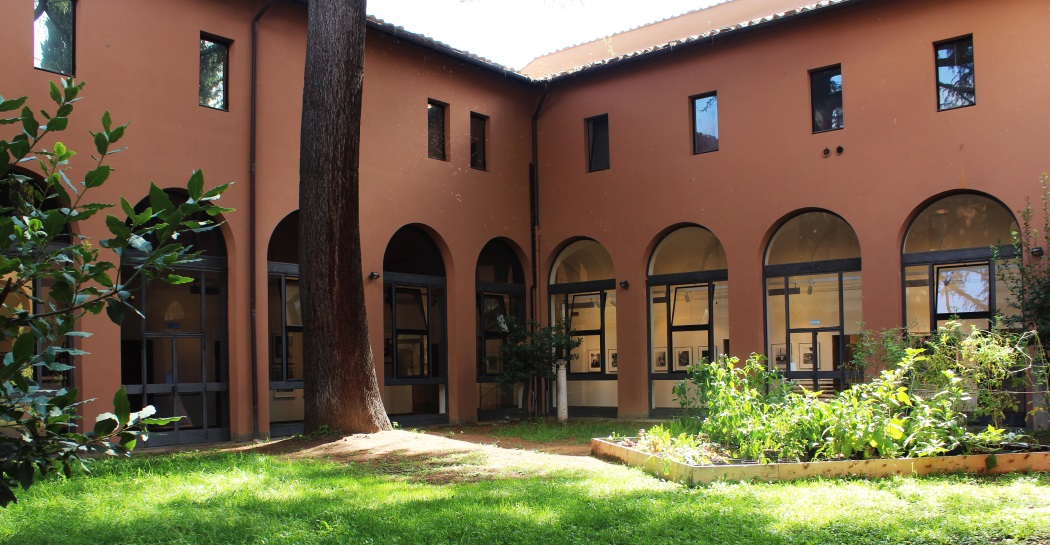Biographical Notes on Ettore Roesler Franz
Ettore Roesler Franz was born in Rome on the 11th May 1845 to Luigi and Teresa Biondi. His family – German in origin and transplanted to the capital at the beginning of the Eighteenth century – founded there the celebrated Hotel d’Allemagne between the Via Condotti and Piazza di Spagna, where the writer Stendhal, Napoleon’s brother Lucian, Ferdinand de Lesseps, the creator of the Suez Canal, the English novelist William Thackeray, the German composer Richard Wagner, the art critic and archaeologist Johann Joachim Winckelmann and the German poet Johann Wolfgang von Goethe all stayed. The Roesler Franz family were related to the most aristocratic families in the capital, and were therefore mentioned in various of G.G. Belli sonnets (L’immasciata buffa – The foolish message). Until he was 30, Ettore Roesler Franz was involved in his family’s business affairs, in particular with the bank whose activities are documented from its foundation in 1869 until 1936. With offices in the Via Condotti, the Banca Roesler Franz Ad. & Figli occupied a prime position among private banks, which were particularly numerous in the Roman financial system.
He completed his studies at the Istituto dei Fratelli delle Scuole Cristiane, the Collegio di Propaganda Fide and the Accademia di San Luca, where he studied architecture. From 1864 to 1872 he worked as a secretary at the English Consulate and then, until 1875, in his brother Adoph’s Bank in the Via Condotti. From 1875 Ettore Roesler Franz began to spend his time painting exclusively, and he founded, along with Nazareno Cipriani, the Society of Watercolourists in Rome, of which he was president many times.
Sincerity makes an artist great was written over the entrance to his studio in the Piazza S. Claudio 96, where the artist moved in 1876 from his earlier work space in the Via del Bufalo 133. In 1878 he exhibited two works at the Universal Exhibition in Paris. From 1878 to 1881 he made several journeys to Scotland, Lombardy, Venice and England, where he was able to deepen his interest in watercolours, as it was in Great Britain that the art had its most assiduous buyers, especially of Italian landscapes. In 1882 he was represented by 12 watercolours at the Exhibition Week of the Society of Watercolourists in Rome; in 1883 at the Palazzo of the Exhibition with his first series of watercolours entitled The memory of a past age, dedicated to Rome. In 1885 and 1887 he showed several paintings at the London exhibition at the Royal Institute of Painters in Water Colours. In 1888 he exhibited in Berlin; in 1890 at the Exhibitions in Dresden and Vienna, where his watercolours were awarded a gold medal. In 1902 he took part in the Italian Pavilion in Saint Petersburg; on the 6th February 1903 he was became, by acclamation, an honorary citizen of Tivoli, where, during his stay, he lived in a house belonging to Onorato Calandi. Adolfo Scarpelli, his favourite pupil, to whom he left his studio, was equally attached to the Tiber. In 1894 Franz exhibited in London, in 1905 at the Venice Biennale, and in 1907 he participated in the LXXVIIth International Exhibition of Fine Arts. He owed his fame to a series of watercolours of Vanished Rome, although he also portrayed other sites such as Tivoli and its surroundings, the Villa d’Este, the Villa Adriana, the Albani Hills, the Via Appia, Ninfa and the Vatican marshes.
He died in Rome on the 26th March 1907 at the age of 62.







































